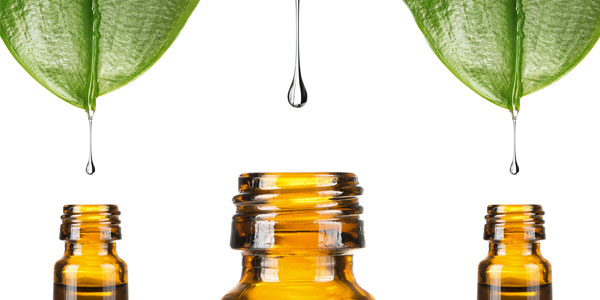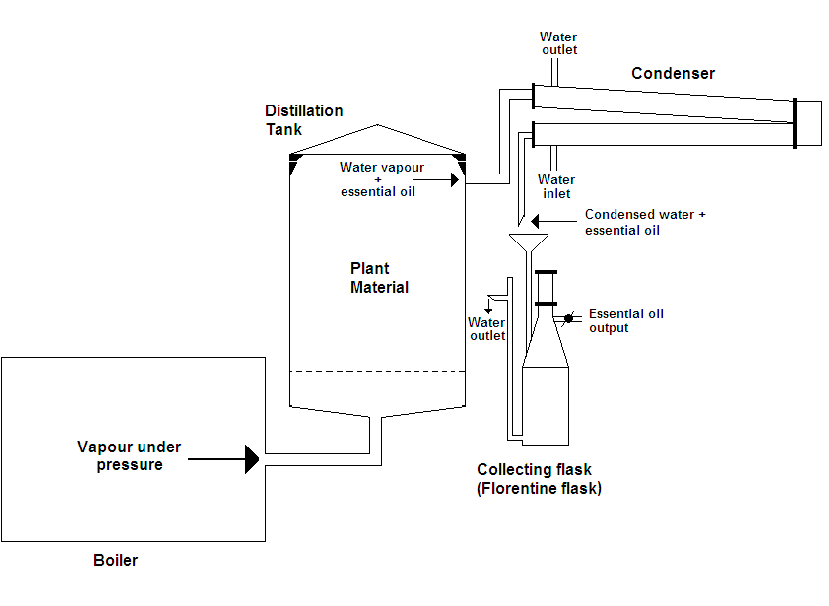Aromatherapy is the most popular and fastest-growing branch of complementary medicine in the world. Not only is it relaxing, but researchers and medical professionals increasingly recognise its therapeutic value.
You can find out simply and pleasurably just how beneficial aromatherapy can be by adding a few drops of lavender oil to the next bath that you take. You will notice the difference immediately. As you smell the relaxing fragrance of the oil surrounding you, its peacefulness and tranquillity will lift your spirits, promote relaxation and soothe stress.
Aromatherapy involves the use of essential oil - precious, sweet-smelling liquids extracted from many varieties of plants. These can be used in massage and inhalation techniques, added to bathroom products, and used to create room fragrances.

Aromatherapy also involves the use of incense (in loose, powdered form or as joss sticks), potpourri, steam inhalations, scented candles and fresh flowers. In fact, essential oils are far more widely used than is generally known. They are found in many medications, in perfumes and beauty products, and in some commercially prepared foods and drinks.
How do they work?
Essential oils can enter the body through the skin, partly because their molecules are extremely small. The evidence for this is found in the scientific analysis of the perspiration, urine and breath of someone who has recently been massaged with essential oils. Warm skin absorbs more of the essential oils used for massage, and covering each area of skin after massaging aids take-up too. However, whether essential oils are used in a massage oil or in a bath, aromatic molecules waft into the air and enter the nostrils. When these molecules hit the nerve receptors there, they set off a reaction which results in brain activity. This phenomena has been observed through brain scans and other imaging techniques.
What are essential oils made from?
Depending on the species of plant, essential oils are extracted from petals, leaves, roots, buds, twigs, rhizomes (underground stems), wood, bark, resin of fruit. In a few cases every part of the plant growing above the ground is used.

There are several ways of obtaining the oil, the most common being steam distillation. This involves putting the plant material in a large closed container, known as a vat, and forcing steam through it. The heat and pressure releases the tiny droplets of essential oil from the plant, which then rise, with the steam, out through a tube. This cools the steam, turning it to liquid.
Aromatherapy has several therapeutic benefits. For beauty, general wellbeing, emotional help and certain illnesses. Treatments have gained in popularity as an effective, natural method of stress relief. Aromatherapy can help anyone with a busy, pressurised lifestyle, and certain essential oils, either applied in a massage, in the bath, or used in a burner, can help make people feel more relaxed and confident.
Meanwhile, many people report that using essential oils to fight flu, for example, can help them become well and energised too. Essential oils add to the quality of life, as no other substance appears to do. Ans scientific experimentation shows that aromas can influence the brain, with brain scan images showing either relaxing or stimulating powers at work.